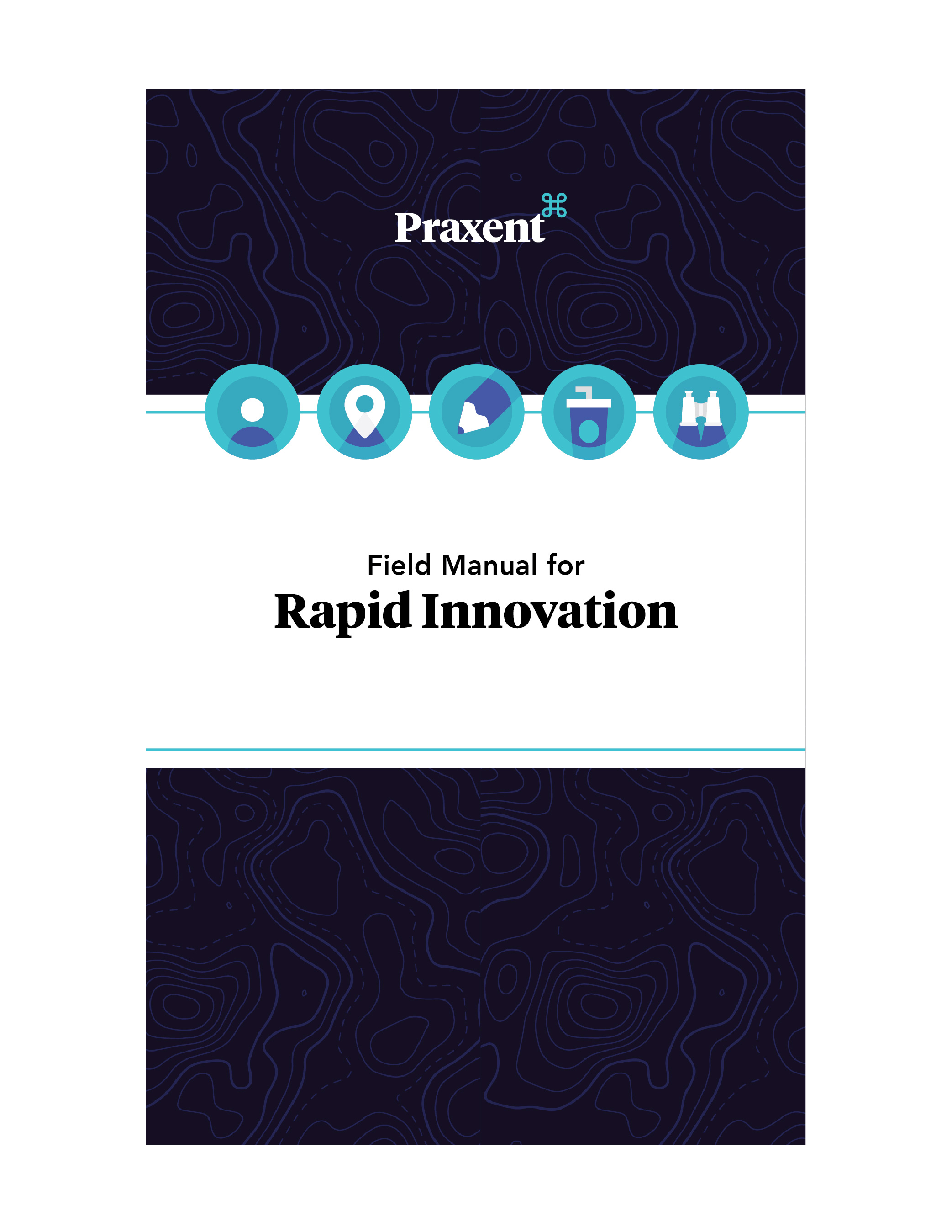
4 min read
Human-Centered Design Infographic (How Designers, Developers & Businesses Work Together)
Human-Centered Design: How Designers, Developers & Businesses Work Together [Infographic]
Human-centered design addresses the common struggle to align sometimes competing and isolated branches of an organization around a common goal. Without collaboration around shared design vision for users and business goals, products deliver disjointed, ineffective and financially deficient results.
The human-centered design process infographic in this article illustrates how the three core functions of the product creation process can come together around shared vision, eliminating wasteful activities and leveraging knowledge and insight from each team at the right moment.
According to our recent research study on design vision, 56% of survey participants are less than confident in their organization’s design vision.
Learn how to transition your organization toward an effective human-centered design unit. Download the Field Manual to Rapid Innovation for ready-to-use exercises and tools that cultivate design thinking.

Ownership & Advocacy: Who Does What in the Product Development Lifecycle
Product Manager // Product Strategist: Advocate for the business to ensure ROI and client satisfaction.
Design Team: Advocate for the user to ensure the end product will sell.
Development Team: Advocate for performance, making sure the build can be executed on time and still function optimally.
Integrated Focus for Human-Centered Products: Phases, Activities & Deliverables
Phase 1: Discover
Purpose: Focus on the Business
Core Deliverable: MVP
Product managers and strategists work together with the client to define ROI, conduct competitive analysis and stakeholder interviews. They collaborate with the design team, eliciting input on user priorities for the product roadmap.
Product leaders also collaborate with development teams, collecting insight on technical feasibility of the product concept and cultivating alignment around the product roadmap.
Phase 2: Envision
Purpose: Focus on the User
Core Deliverable: UI/UX Design
The design team engages in the iterative process to flesh out the user interface and user experience design. They work together with product leaders to define product concept, working off of user research to prototype, test and refine design.
Design teams elicit input from developers and engineers early on, ensuring the design is technically realistic and optimized for performance.
Phase 3: Build
Purpose: Focus on Functionality
Core Deliverable: Software
Development teams implement design vision, working off of a user interface prototype from the design team.
They code, integrate, test and deploy the software product in stages, building the product with maximum efficiency and accuracy. They collaborate with the other teams at each phase of the project, providing product leaders with early insight into time and effort estimates for each feature and checking technical blind spots in the product design.
Collaboration is Key to ROI
Balanced digital products do more than simply work when you click the buttons. They compel progress for the people who use them.
They don’t just look good. They facilitate long-term financial gain.
Seamless functionality, intuitive user experience and money-making strategy are all critical components of any product worth the investment.
5 Tools for Fostering Practical Innovation
 Ignite your organization on a path to innovative culture and design transformation. Simple skills, from guerilla research to helpful sketching exercises, can be easily learned and taught for wide impact across an organization.
Ignite your organization on a path to innovative culture and design transformation. Simple skills, from guerilla research to helpful sketching exercises, can be easily learned and taught for wide impact across an organization.
These 5 design thinking methods prove innovation doesn’t have to be costly or burdensome.
>>Access tools and ready-to-use templates. Download Deanna and Ryan’s 2019 IQPC Design Thinking conference presentation and field manual.


Leave a Reply